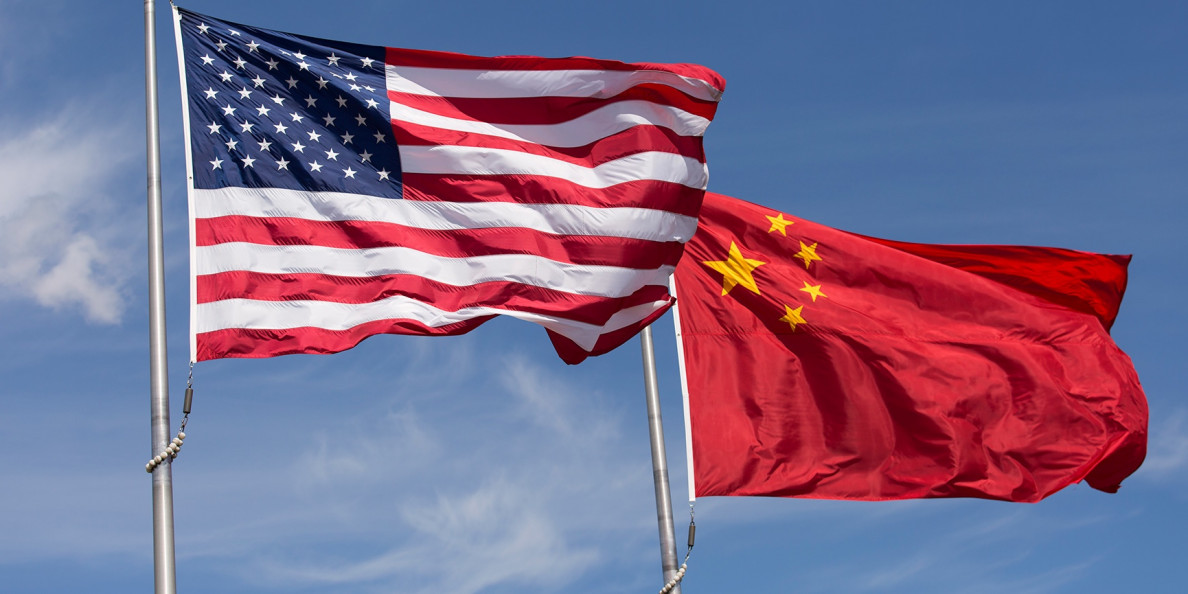By Jim Steadman
Frederick Barrier has a short wish list when it comes to the current cotton market.
“A trade deal would give us some stability,” he said. “That’s what the market is lacking.”
Speaking during the summer meeting of the Southern Cotton Ginners Association, Barrier – a vice president of Staplcotn – pulled no punches in his market examination of the impact of the U.S./China trade standoff.
 Frederick Barrier, Staplcotn
Frederick Barrier, Staplcotn
“The stakes are high right now,” he noted. “Don’t think for a minute that they’re not feeling the heat in China. President Xi is just as anxious as President Trump is to get a deal done. But there are a lot of factors that go into play.”
Barrier recapped the chronological decline of the market, beginning with initial talks about a trade war with China in Spring 2018. At that time, cotton prices were in the 90-cent range. And, with every failed round of trade talks and every tariff announcement since then, cotton prices have steadily declined to the high 50/low 60 cent range.
“It’s not coincidental that futures prices have moved with the mood of this trade war,” he said. “That’s how important it is and certainly signals the direction of our cotton market.”
He highlighted some of the challenges the trade dispute has brought to U.S. cotton:
- Uncertainty is a drain on consumption. “Any kind of uncertainty paralyzes people. You have supply chain disruptions. It creates confusion, and everyone has to react to it.”
- Building new markets. “People worked hard to develop relationships around the world, and now we can’t sell U.S. cotton into these markets because we’re not competitive. Now, we have to develop new markets elsewhere.”
- Textile margins are under huge pressure. “This drop in futures hasn’t done anything to warrant anybody buying more cotton. Usually when the market goes down, it stimulates consumption. But it’s dropped too fast, too quick. The trade deal has everyone on the sidelines.”
- Creating new competition. “Brazil had a monster crop this year and the quality was excellent. They went from producing less than 400,000 bales in 2017 and are, to date, at almost 1.8-1.9 million bales. Brazil is a formidable foe. They’re taking our place in China.”
- Old competition is still hanging around. “Synthetic prices are pretty cheap – anywhere from 66-69 cents a pound.”
Striking a more positive note, Barrier pointed out that markets for U.S. cotton are increasing in Vietnam, Indonesia, Pakistan, India and Bangladesh, among others. But, he noted, “I wouldn’t have come here if I wasn’t optimistic about something. I’m hanging on the tweets the same way you are. If we get a new trade deal with China, agriculture is going to be a big part of it. And you can rest assured that cotton will play a huge part in it.”
When a deal comes, Barrier believes the U.S. is well set to take advantage. A good crop appears to be coming in. Market efficiencies are in place, trade lanes and relationships are good, and finances are in place. China also needs to replace its strategic reserves, and Barrier is confident that China still prefers U.S. cotton.
“There is a reason why the U.S. remains one of the preferred growths in the world for cotton,” said Barrier, speaking to a room full of ginners. “That’s because of the job you do ginning cotton. You are a big part of our success in marketing cotton globally. But there’s going to be fierce competition as we move ahead.”
From Cotton Grower Magazine – August/September 2019


